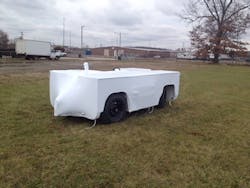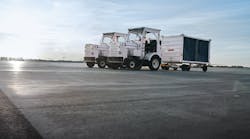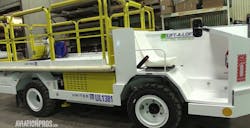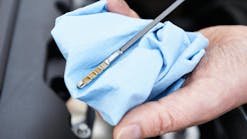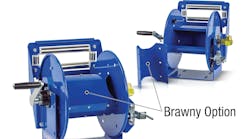Although primarily designed to protect aircraft engines, officials at AeroShield Covers note their products are used for other applications, such as safeguarding stored ground support equipment (GSE).
The concept behind protecting GSE or an aircraft engine is the same. The goal is to protect an asset from various weather conditions and other harmful elements.
However, all storage environments and equipment present their own challenges, explains Blair McKay, president of AeroShield Covers, so covers should be designed to address the specific needs of each application.
“An improperly chosen cover may result in more damage to the equipment being covered than no cover at all,” he says. “There is no ‘one cover fits all’ solution, so make sure you have a supplier that will work with you closely to ensure you select the proper cover for your application.”
Even with indoor storage, birds, rodents and other pests can cause havoc in both motorized GSE and aircraft engines.
“Enclosing the equipment in a protective cover can significantly reduce damage to this expensive equipment,” says McKay.
When selecting a cover for stored GSE, personnel should consider how often the equipment will be stored, the climate conditions and the protection of the equipment.
McKay also suggests selecting a cover that can be easily installed without excessive training, provides a secure fit and is lightweight and durable for easy removal and reinstallation. What’s more a cover that offers accessibility for periodic maintenance checks may further assist ground service providers.
“Access doors are developed with customer desires in mind, allowing GSE personnel to access the equipment in key areas without necessitating the removal of the cover,” McKay says.
Also, a cover that is breathable can prevent moisture from being trapped and possibly causing corrosion on GSE units.
“AeroShield offers ‘Smart Cover’ solutions that provide chemical drying agents in conjunction with sensors that measure temperature and humidity levels, providing automated notification to users when humidity levels reach a point that drying agents need to be changed,” notes McKay.
